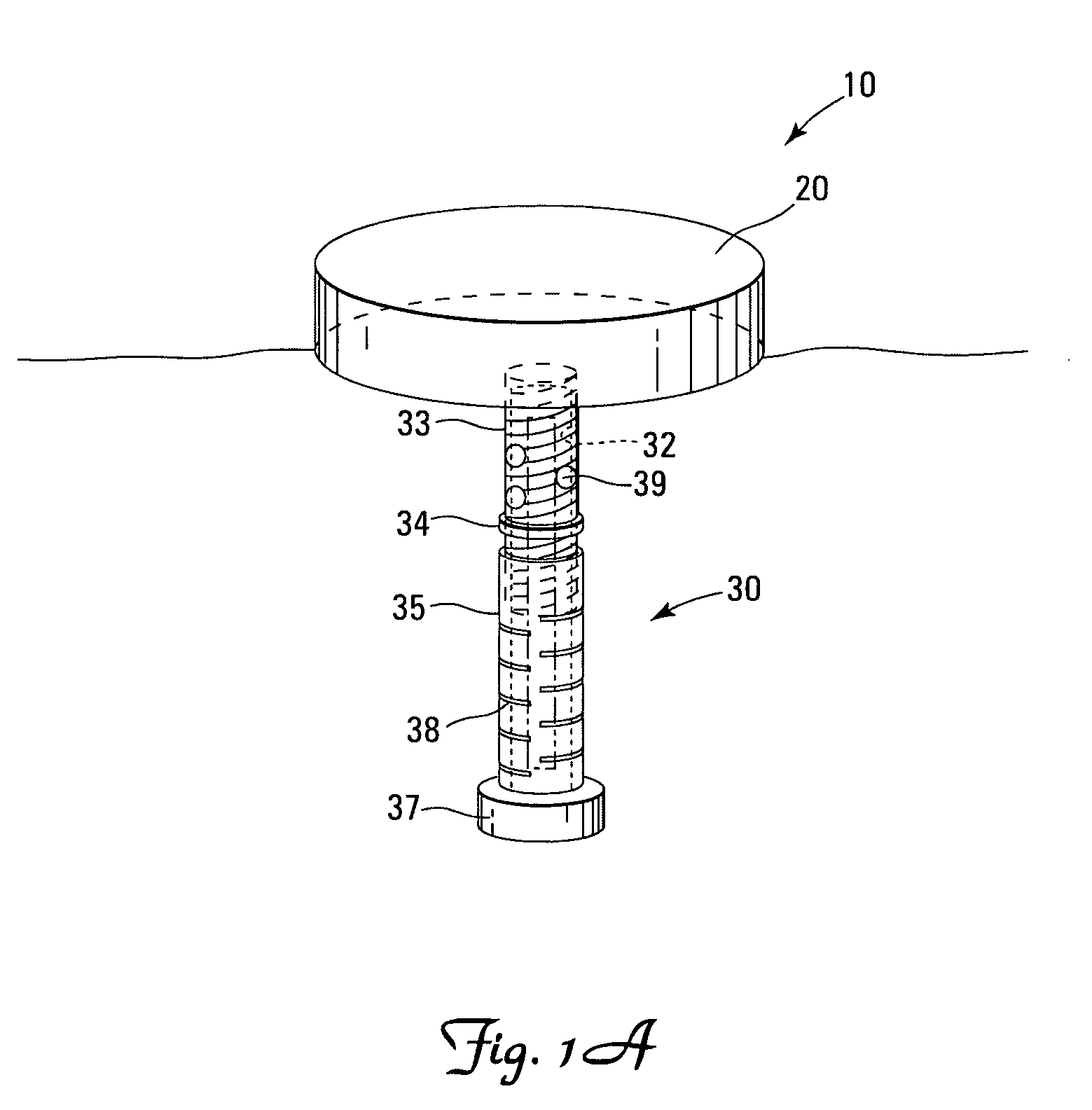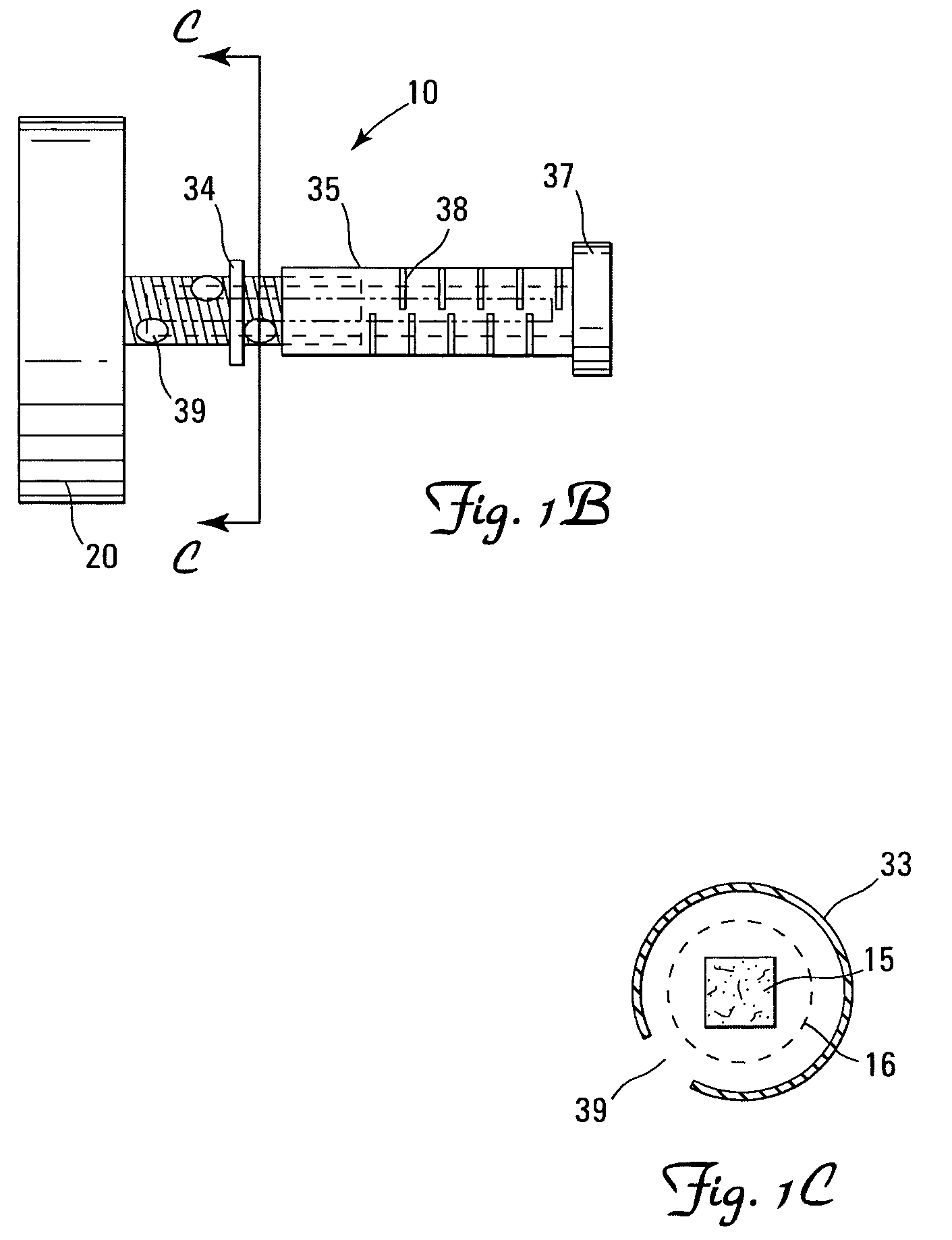Methods of inhibiting microorganism growth using moss
a technology of moss and microorganisms, applied in the field of moss-based methods of inhibiting microorganism growth, can solve the problems of damage to users, significant industrial water contaminant, and care to be taken with all these methods
- Summary
- Abstract
- Description
- Claims
- Application Information
AI Technical Summary
Benefits of technology
Problems solved by technology
Method used
Image
Examples
example 1
[0042]S. papillosum moss, harvested from northern Minnesota, and was prepared for bacterial inhibition testing. The moss species was validated by the University of Minnesota and again upon receipt.
[0043] All samples were placed in plastic bags. All raw moss was stored at 4° C. until processed by lab personnel. All pre-dried outside moss samples were stored at room temperature until processed.
[0044] The following equipment was used: [0045] a) Blender, 1.25 L capacity (commercially available as Osterizer® from Oster) [0046] b) Distilled Water (available from Premium Water, Inc.) [0047] c) Tissue Sieve, 1 cup capacity (commercially available as Cellector® E-C Apparatus Corp.) [0048] d) 1 L Glass Beaker (commercially available as Pyrex®[0049] e) Sterile Polystyrene Petri Dishes 100×15 mm (commercially available from Falcon) [0050] f) Sterile Polystyrene Petri Dishes 150×15 mm (commercially available from VWR) [0051] g) Autoclave (commercially available from Market Forge) [0052] h) Met...
example 2
[0059]S. cristatum moss, obtained from Sutton's Moss, Canada, (harvested in New Zealand) was prepared for bacterial inhibition testing. The moss species was validated upon receipt. Handling of the moss samples was identical to that described above in Example 1.
[0060] The following equipment was used: [0061] a) Sterile syringes, individually wrapped 30 cc or 60 cc (commercially available from Becton Dickenson) [0062] b) Sterile syringe filters, 0.45 μm (micrometer) and 0.20 μm (commercially available as Acrodisc from Pall Gellman) [0063] c) Adison tissue forceps (commercially available from VWR) [0064] d) 50 cc polypropylene graduated test tubes, sterile pack (commercially available from Falcon) [0065] e) Wax film (Parafilm®, commercially available from American National Can) [0066] f) Laminar flow hood (commercially available from Baker Company) [0067] g) Pipetman with sterile graduated polypropylene tips, 25 mL (commercially available from Becton Dickenson) [0068] h) 10 M HCl and ...
example 3
[0079] This experiment determined the amount of bacterial growth in Tryptic Soy Broth (TSB) by an inhibition assay.
[0080] All S. papillosum and S. cristatum moss extracts used in this assay were prepared as described above. TSB was also prepared, autoclaved and stored at 4° C. prior to use.
[0081] The following equipment was used: [0082] a) Beckman® DU-64 Spectrophotometer [0083] b) Incubator Oven (commercially available from Boekel Instruments Model #133000) [0084] c) 5 mL and 50 mL Polystyrene Tubes (commercially available from Falcon) [0085] d) 10 μL and 1 mL polypropylene tips (commercially available from Pipetman)
Reagents and Solutions: [0086] a) Bacto® Tryptic Soy Broth (TSB), 30 g / L (commercially available from Becton Dickenson) [0087] b) Escherichia Coli frozen culture stock grown in TSB for a minimum of 3 log growth phases (Clinical isolate) [0088] c) Staphylococcus Aureus frozen culture stock grown in TSB for a minimum of 3 log growth phases. (ATCC Strain #29213 (Americ...
PUM
 Login to View More
Login to View More Abstract
Description
Claims
Application Information
 Login to View More
Login to View More - R&D
- Intellectual Property
- Life Sciences
- Materials
- Tech Scout
- Unparalleled Data Quality
- Higher Quality Content
- 60% Fewer Hallucinations
Browse by: Latest US Patents, China's latest patents, Technical Efficacy Thesaurus, Application Domain, Technology Topic, Popular Technical Reports.
© 2025 PatSnap. All rights reserved.Legal|Privacy policy|Modern Slavery Act Transparency Statement|Sitemap|About US| Contact US: help@patsnap.com



